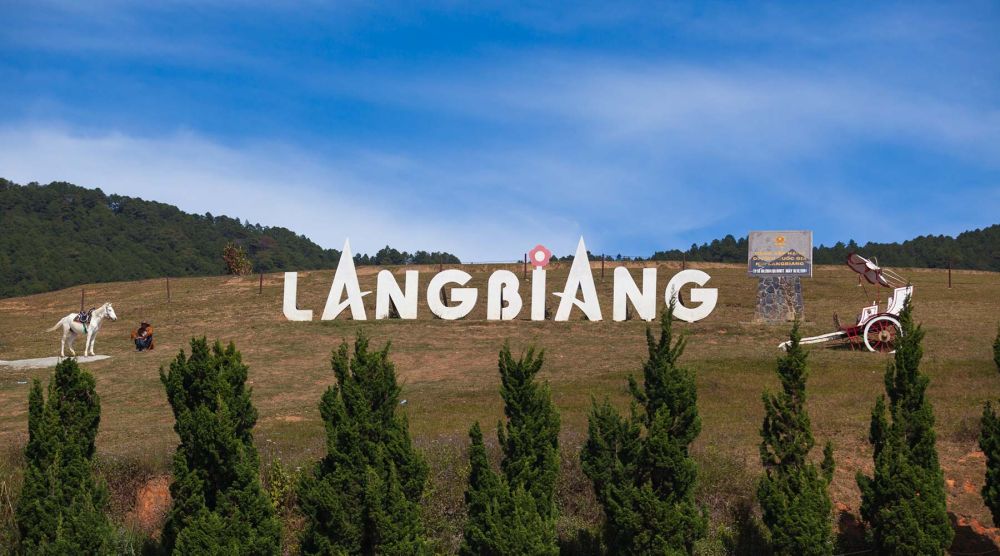

The picturesque city of Dalat has long been a retreat for those seeking respite from the tropical climate of Vietnam. Nestled in the southern parts of the Central Highlands, Dalat is known for its cool weather, misty valleys, and lush pine forests. Prominent among its natural attractions is Langbiang Mountain, often referred to as the "Roof of Dalat."
Tourism in Dalat began in the late 19th and early 20th centuries when French colonialists discovered the area and were enchanted by its moderate climate and natural beauty. They established Dalat as a resort town, and it soon became popular among the French and the Vietnamese elite. Langbiang Mountain, with its majestic peak and stunning views, became one of the must-visit destinations for early travelers. The name "Langbiang" stems from a tale of star-crossed lovers, adding a layer of romance to its appeal.
After Vietnamese independence and throughout several political and social changes, Dalat remained a favored holiday spot. In the mid-20th century, the government began to recognize the potential of tourism as an economic force and started to develop infrastructure to support this industry. Roads leading to the summit of Langbiang Mountain were improved to accommodate the growing number of tourists keen on exploring its beauty.
Today, Langbiang Mountain and Dalat are part of Vietnam's burgeoning tourism industry. The mountain itself is situated within the Bidoup Nui Ba National Park, which is recognized for its rich biodiversity. Adventure tourism has taken off in recent years, with activities such as hiking, mountain biking, and paragliding drawing adventure seekers from around the world.
Eco-tourism is also a significant trend, as visitors become more environmentally conscious. Programs that promote sustainable travel and cultural exchange have been developed, such as guided treks that enlighten tourists about the local flora and fauna, and visits to nearby ethnic minority villages.
The global COVID-19 pandemic dealt a heavy blow to tourism worldwide, and Dalat was not exempt. Travel restrictions and safety concerns led to a sharp decline in visitors. However, Langbiang Mountain has been seeing a gradual recovery as domestic travel within Vietnam picks up, and international travel restrictions begin to ease.
With the latest tourism trend gravitating towards natural and secluded destinations post-pandemic, Langbiang Mountain's popularity is expected to surge once again. The fresh, open spaces and the opportunity to connect with nature are proving to be a huge draw for travelers in the new normal.
Langbiang Mountain's appeal continues to flourish with time. It stands not only as a testament to the rich heritage and cultural stories of the region but also as a beacon for the evolving interests of tourists from around the globe. Balancing conservation efforts with modern tourism needs, Dalat and Langbiang Mountain are geared up to welcome travelers for many years to come, maintaining a legacy that marries history with enduring allure.